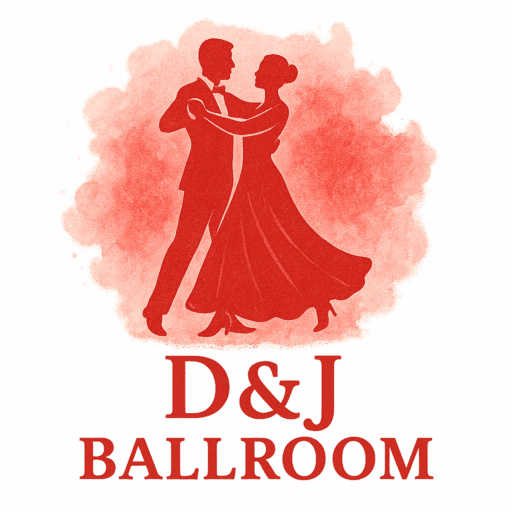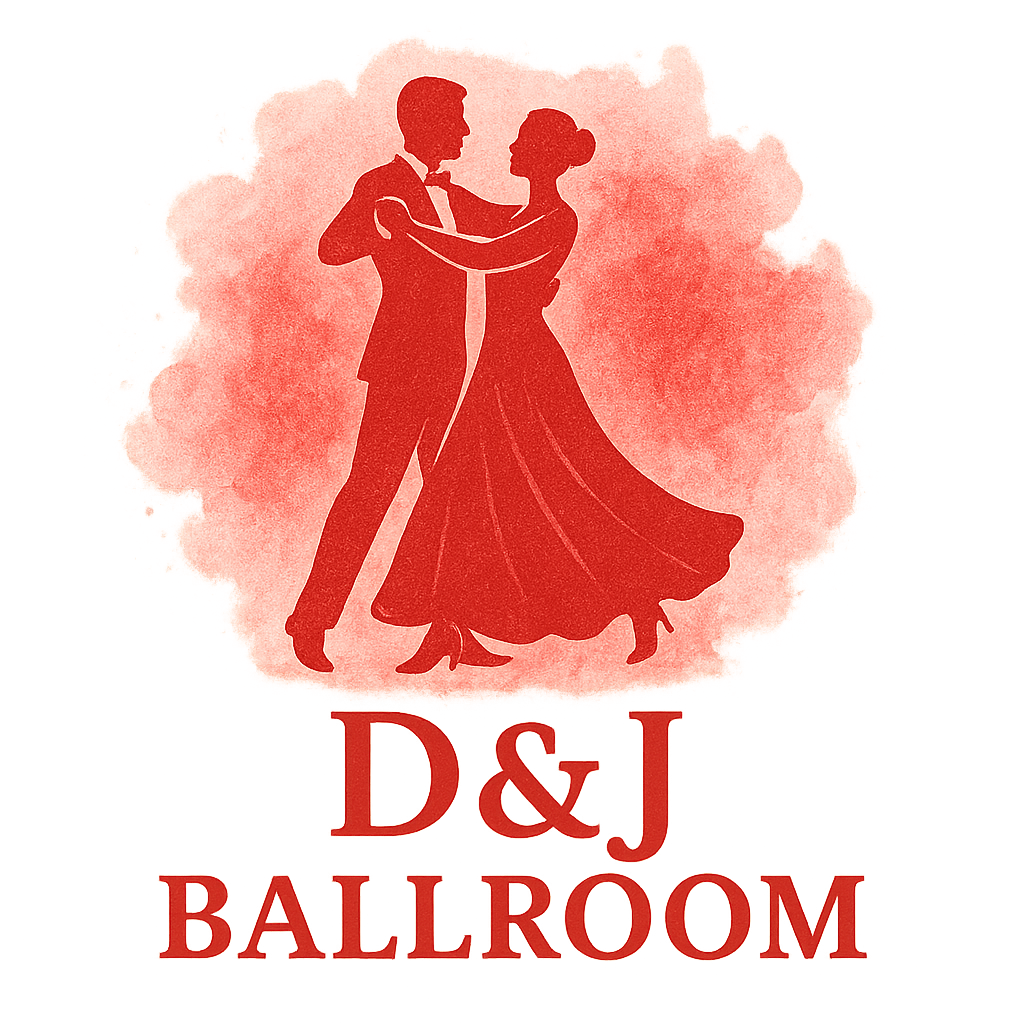Introduction: Why Head Position Matters in Ballroom
When you watch a polished ballroom couple, one detail always stands out: their head position control. Without it, even the most advanced choreography can look awkward or unbalanced. A dancer’s head completes the frame, directs lines, and expresses musicality.
Whether you’re preparing for ballroom competitions or dancing socially, mastering this skill is essential. In this guide, you’ll discover 12 ballroom technique drills for head position control that will help you develop elegance, strength, and artistry.
Understanding Head Position in Ballroom Dancing
The Role of Head Position in Posture
Your posture is the foundation of ballroom technique. Proper head placement ensures your spine remains elongated, your chest lifted, and your shoulders relaxed. If you want a deeper dive into posture, check out ballroom techniques & training, where correct alignment is discussed in detail.
Connection Between Head and Frame
Think of your head as the finishing touch on your ballroom frame. Without stable head placement, the frame loses symmetry. A strong frame, explored further in ballroom history & culture, has always been a hallmark of elegance on the dance floor.
Head Position and Partner Communication
Your head communicates rhythm, energy, and intention. In dances like the tango, a sharp head snap signals power and drama, while in the waltz, a soft, sweeping head line conveys grace.
Common Mistakes with Head Position
Over-tilting the Head
Some dancers exaggerate head tilts to look dramatic, but this often causes imbalance. Over-tilting can also strain the neck, which goes against good training principles.

Dropping the Chin or Looking Down
A lowered chin breaks posture instantly. Instead of projecting confidence, you appear hesitant. This is especially problematic during competitions, where judges are trained to catch posture errors.
Over-rotating During Turns
During spins or spirals, dancers sometimes whip the head excessively. This creates a disconnect between the head and body, leading to instability. Correcting this requires mindful practice of drills.
12 Ballroom Technique Drills for Head Position Control
Drill 1: Wall Alignment Exercise
Stand with your back to the wall, making sure your heels, shoulder blades, and the back of your head touch it. Hold dance posture and breathe deeply. This develops awareness of neutral head alignment—a cornerstone of ballroom training.
Drill 2: Mirror Control Practice
Use a large mirror to track your head movement while dancing basic steps. Mirrors provide instant feedback, similar to how ballroom fashion emphasizes elegance by allowing dancers to visually check their lines.
Drill 3: Resistance Band Neck Strengthening
Anchor a resistance band to a stable surface. Place it around your forehead and gently press against it, training muscles that support head control. Stronger muscles mean less fatigue during long events.
Drill 4: Slow Head Isolation with Music
Play a slow ballroom dance style track, and move your head deliberately in all directions. This builds precision and coordination without stiffness.
Drill 5: Chair Posture Hold
Sit upright with a cushion balanced on your head. Slowly stand, keeping the cushion stable. This simple drill reinforces balance, much like traditional dance drills dancers have used for centuries.
Drill 6: Partnered Frame Check
With your partner, establish your ballroom frame. Have them apply gentle resistance while you maintain steady head placement. This exercise mirrors the teamwork needed in ballroom competitions.
Drill 7: Spiral Turn Head Rotation Drill
Practice spiral turns, moving your head only at the last possible moment. Avoid whipping. This is especially useful for dances like the tango, where head accents must be sharp yet controlled.
Drill 8: Weighted Book Balance Exercise
The classic book-balancing drill never fails. Walk, step, and even dance basic waltz movements while keeping the book stable. This connects directly to developing graceful waltz lines.
Drill 9: Frame Walks with Head Freeze
Walk in frame while keeping your head locked in a single position. The body should flow, but the head must remain serene. This teaches isolation, which is vital for strong presentation.
Drill 10: Progressive Waltz Head Tracking
Dance a basic waltz, practicing when to change head directions during rotations. Smooth head transitions are what elevate waltz from simple movement into artistry—something celebrated in ballroom culture.
Drill 11: Tango Snap Drill
Stand in frame and practice sharp tango head snaps. Focus on precision, not speed. This builds dramatic effect without losing balance, echoing the bold styling seen in ballroom fashion.
Drill 12: Endurance Hold Test
Hold your ballroom frame with perfect head position for 5 minutes straight. This builds endurance for long competitive routines and social dances alike.
How to Incorporate Drills into Training
Daily Warm-Up Integration
Pick 3 drills for your warm-up before practice. Just like stretching, head control needs regular attention. Explore more warm-up ideas in ballroom training techniques.
Partner vs. Solo Practice
Solo work helps with awareness, but partnered practice simulates real dance conditions. A mix of both ensures adaptability.
Tracking Progress with Video Feedback
Film yourself and compare over time. This method is similar to how professional dancers prepare for events & competitions.
Benefits of Correct Head Position
Aesthetic Appeal and Lines
Nothing polishes your ballroom look like a controlled head line. It’s the difference between looking amateurish and professional. For inspiration, look at the elegant visuals in ballroom attire & fashion.
Reduced Neck and Shoulder Tension
Good technique prevents unnecessary strain. Weak head placement often results in stiff shoulders, something any dancer wants to avoid.
Improved Partner Connection
When your head is stable, your partner feels more grounded. This makes the entire dance style flow naturally.
Advanced Tips for Head Position Mastery
Using Spotting in Spins
Spotting keeps you balanced during spins. It’s a vital element across ballroom dance styles, from waltz to tango.
Layering Head Position with Musicality
Your head can mirror the music. Imagine sweeping your head gently to highlight a violin phrase or snapping it sharply on a drumbeat.
Mental Visualization Techniques
Picture a golden thread pulling your head upward, as if you were a puppet. Visualization is a secret tool many top dancers use.
Conclusion
Head position might seem like a small detail, but in ballroom, it’s the finishing touch that transforms posture into art. By practicing these 12 ballroom technique drills for head position control, you’ll not only improve your balance and stamina but also project confidence and grace.
Whether you’re drawn to the drama of tango, the elegance of waltz, or preparing for ballroom competitions, head position mastery will set you apart.
FAQs
Q1: How often should I practice head position drills?
At least 10–15 minutes daily. Combine solo and partnered work for best results.
Q2: Which ballroom dances emphasize head position the most?
Standard styles like waltz and tango rely heavily on head lines.
Q3: Can poor head position affect balance?
Yes, since the head is heavy, incorrect placement shifts your center of gravity.
Q4: Are these drills beginner-friendly?
Absolutely! Start with the book balance or wall alignment before tackling advanced drills.
Q5: How soon will I see progress?
Most dancers notice visible improvements in 2–4 weeks with consistency.
Q6: Do competitive dancers still use these basics?
Yes, even professionals rely on fundamental dance drills to maintain precision.
Q7: Can incorrect head position cause injury?
Yes, poor technique strains neck and shoulder muscles, leading to long-term issues if ignored.


